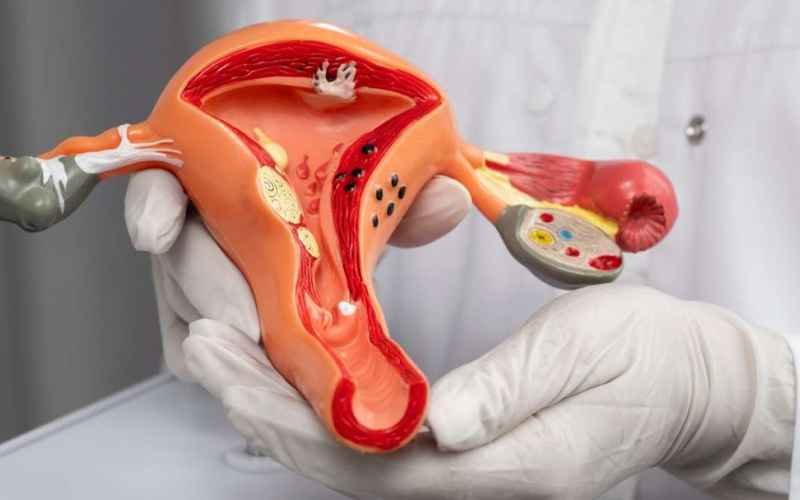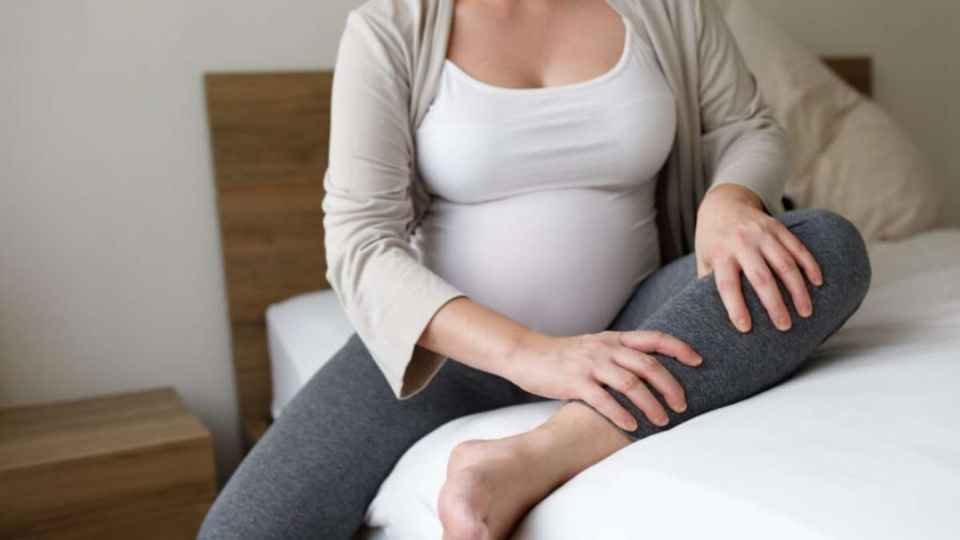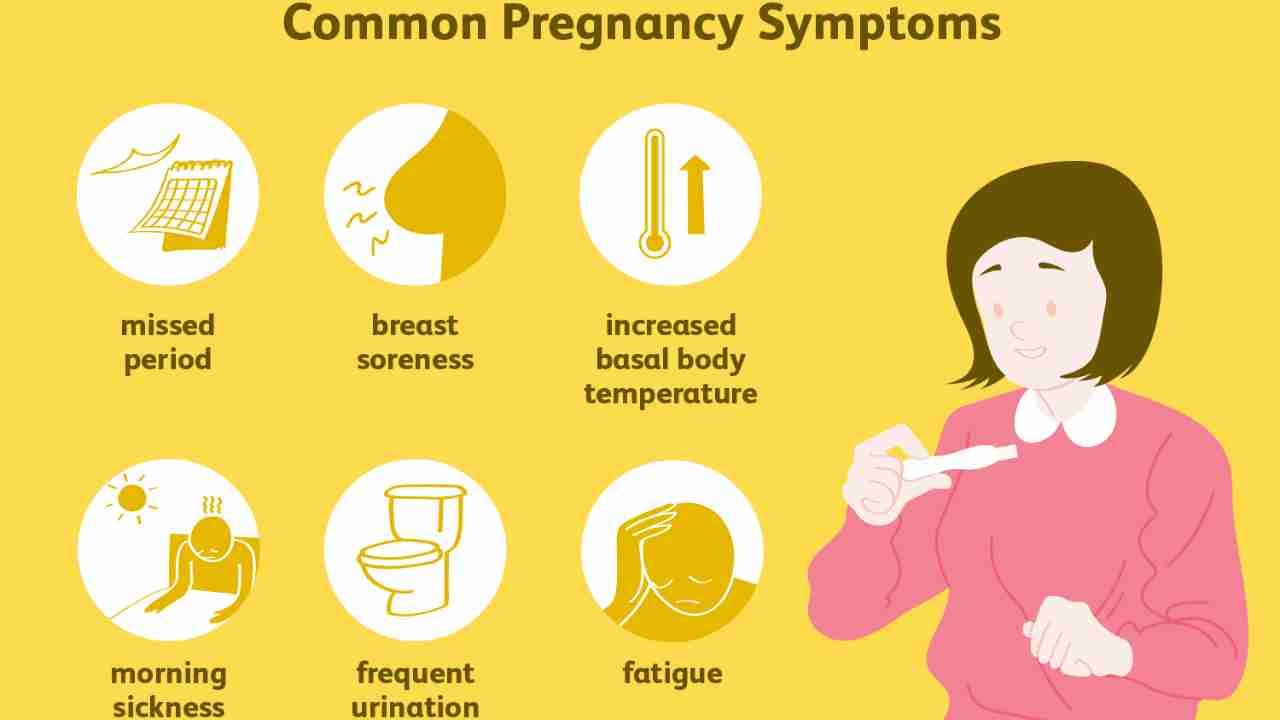Pregnancy

Ectopic Pregnancy: Causes, Symptoms, and Treatment Options
Ectopic pregnancy is a condition where a fertilized egg implants itself outside the uterus, most commonly in the fallopian tubes. ...

Nurturing Life: A Journey through Pregnancy
Bringing a new life into the world is one of the most profound and beautiful experiences a person can undergo. ...

Pregnancy Signs and Symptoms: A Comprehensive Guide
Becoming pregnant is a remarkable journey filled with excitement, anticipation, and a myriad of changes both physically and emotionally. One ...

Can Uterine Fibroids Harm Pregnancy? Know Common Symptoms and Treatment
Can Uterine Fibroids Harm Pregnancy? Know Common Symptoms and Treatment Uterine fibroids are noncancerous growths of the uterus that often ...

Navigating Rheumatoid Arthritis and Preeclampsia During Pregnancy
Navigating Rheumatoid Arthritis and Preeclampsia During Pregnancy Bringing new life into the world is a beautiful and transformative experience for ...

What is Endometriosis? Know symptoms, treatments and surgical options for chronic pelvic pain
Endometriosis is a condition that affects millions of women worldwide, yet it remains widely misunderstood. Characterized by the presence of ...

Blossoming Beginnings: Understanding Pregnancy Symptoms
Welcome to “Blossoming Beginnings,” your comprehensive guide to understanding pregnancy symptoms! Pregnancy is a beautiful journey filled with excitement and ...

Blossoming Bumps: Your Guide to Pregnancy in India
Welcome to Blossoming Bumps, your comprehensive guide to navigating pregnancy in India! Whether you’re a first-time mom or adding to ...






